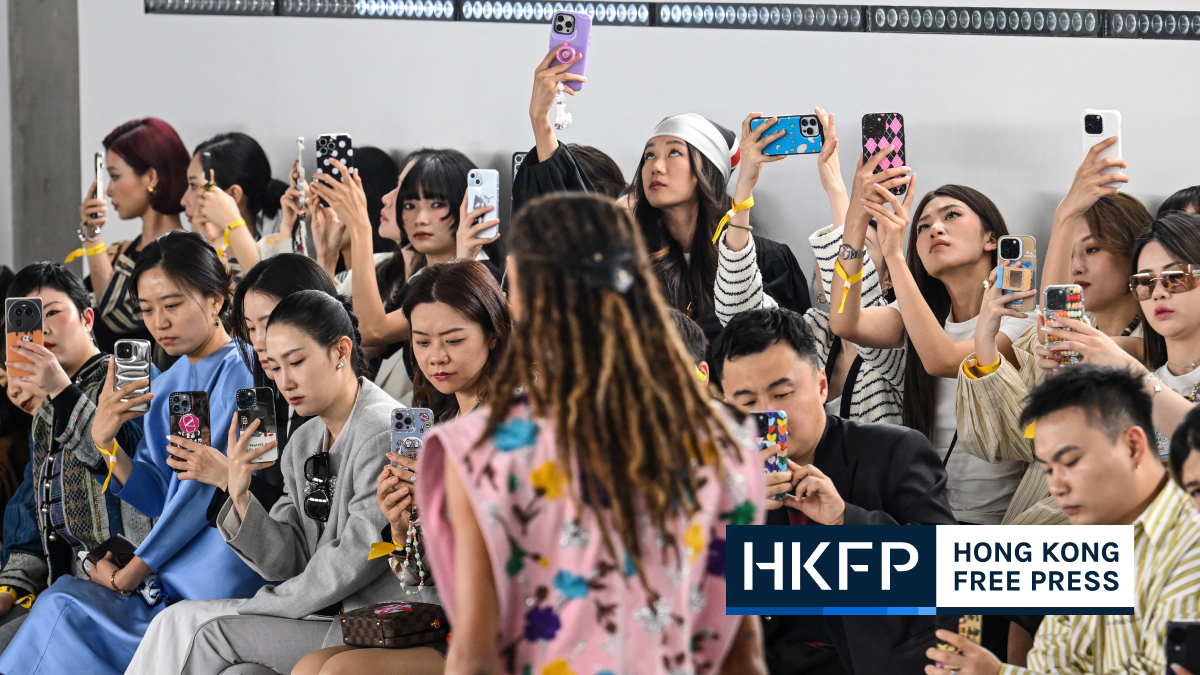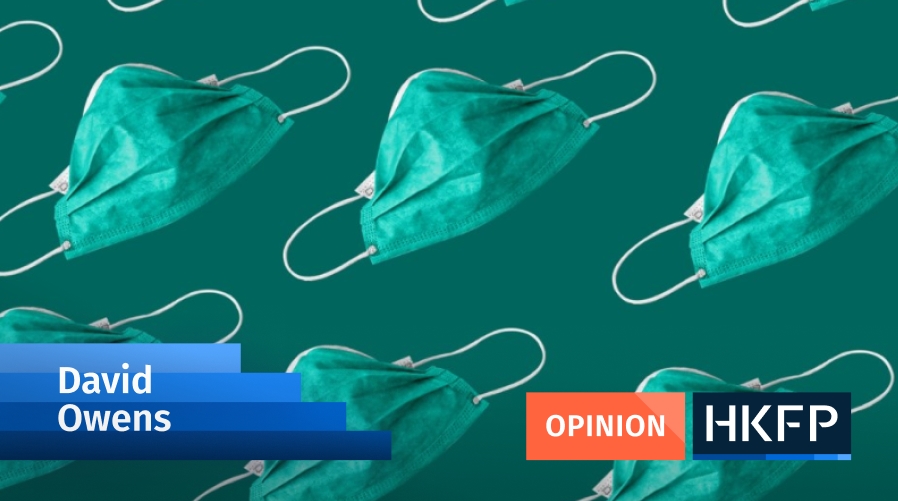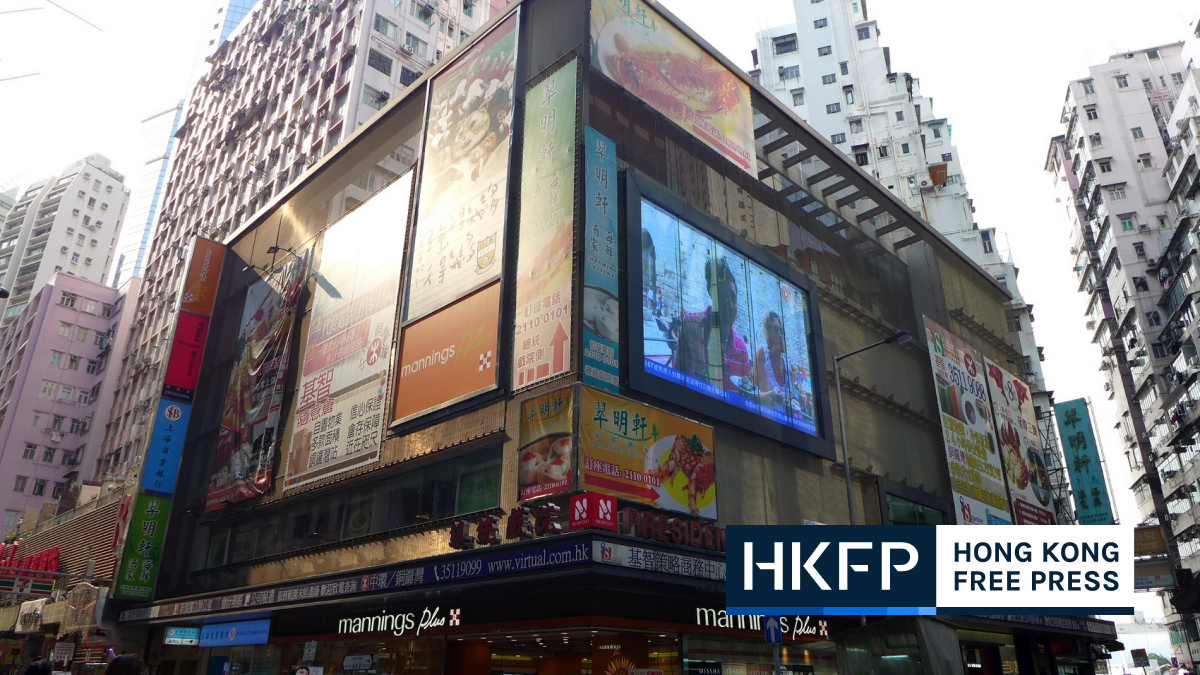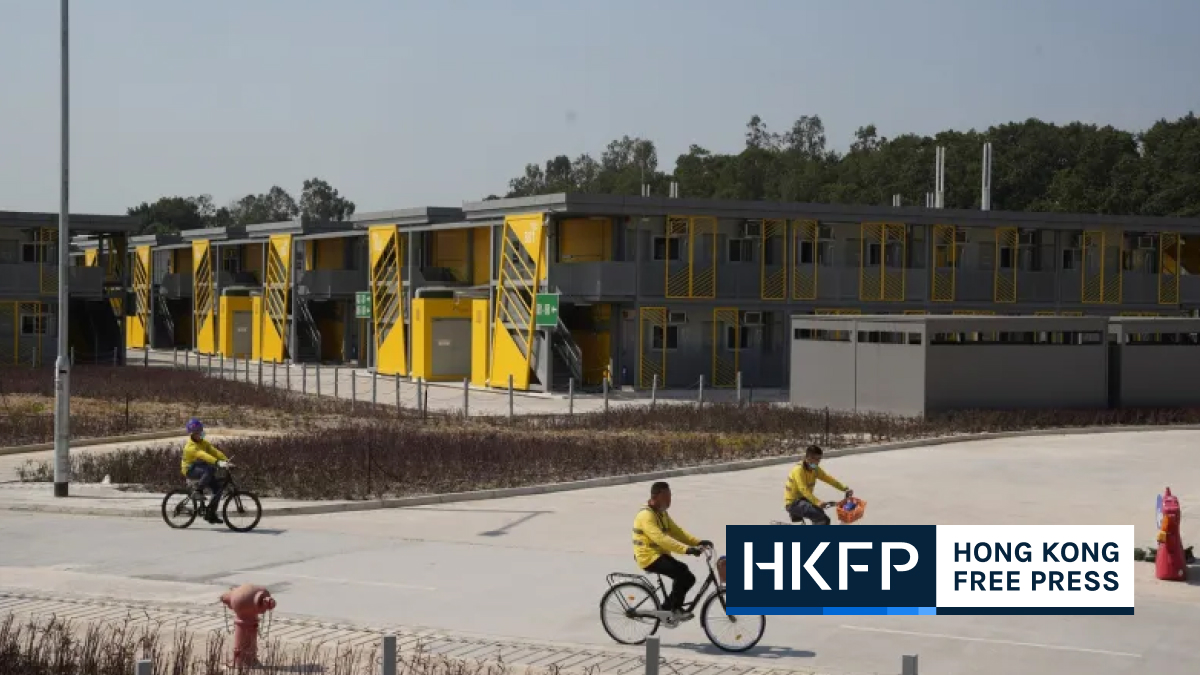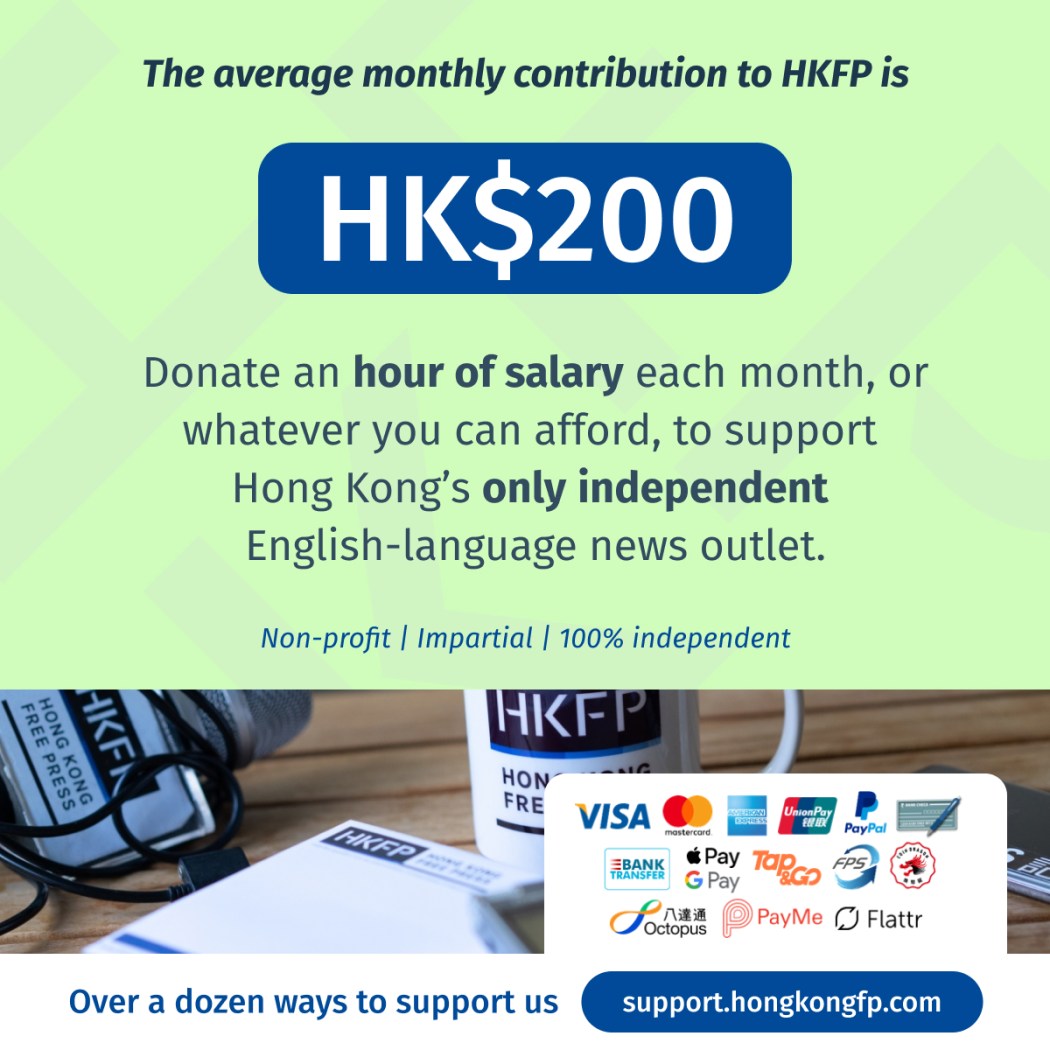Districts across Hong Kong have been “besieged” by piles of styrofoam boxes, a local recycling NGO has said. The containers would normally be sent back to China for reuse, however they have been banned from crossing the border into the mainland amid the fifth wave of Covid-19.
A picture of waste has emerged as hundreds of styrofoam containers have been stacked up outside wet markets in Hong Kong in all 18 districts in the city, environmental group Missing Link – Polyfoam Recycling Scheme told HKFP on Friday.

Project Director Andy Li Ka-ming of Missing Link said the pile-up started in mid-February, when mainland Chinese authorities refused to take back fresh food containers from the city. They cited concerns from wholesale market operators that they might contract Covid-19 from the boxes.
Since January, the Omicron variant has plunged Hong Kong from a zero-Covid city into reporting tens of thousands of infections daily. As of Thursday, Hong Kong’s caseload reached more than 1.1 million, with 6,770 related deaths.
Li described the styrofoam boxes as being “stranded” in Hong Kong, saying it was difficult to provide a figure to reflect the total number of containers amassed. He said Missing Link and other small recycling organisations sought to alleviate the problem, but they had limited capacity to handle the walls of piled-up containers.

“Hong Kong has been facing the problem of being besieged by styrofoam around Chinese New Year. The situation is more unique this time because of the pandemic,” Li said.
The Food and Environmental Hygiene Department (FEHD) had contacted the recycling group to understand the situation, Li said. But “not every district would get their hands dirty to handle the problem,” he said.
Speaking on RTHK on Friday, Li said it would take around an hour for the small factory at Missing Link to break down a shipping container’s worth of styrofoam boxes into pieces and melt them to reduce the amount of space they took up. The process would take longer if the organisation had to spend two hours removing tape from the cartons.

Li urged the government to remind wet market vendors to remove the tape from the styrofoam boxes before throwing them out. Relevant agencies such as the FEHD should also step up their efforts to ensure fresh food sellers clean the boxes and take them to specific transfer stations for waste management.
“Now the vendors just throw out the boxes and some people would clean up after them. It became a habit and thus led to the situation today,” he told HKFP on the phone.
Support HKFP | Policies & Ethics | Error/typo? | Contact Us | Newsletter | Transparency & Annual Report | Apps
Help safeguard press freedom & keep HKFP free for all readers by supporting our team


